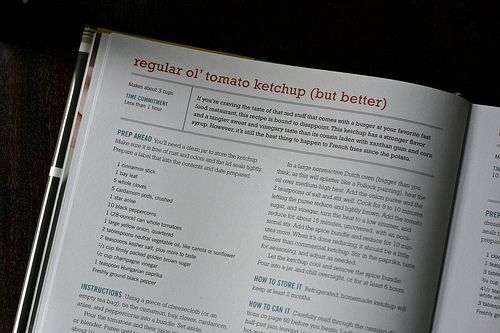ScienceOnline2010 – I wish I was there
ScienceOnline2010 just finished a few hours ago, and from what everyone was saying it was yet another wonderful meeting. I attended last year and moderated a session called Providing public health and medical information to all, but unfortunately could not come this year. News about ScienceOnline2010 are all over the place, including from our own Henry Gee.

Graham Steel has more experience attending ScienceOnline remotely (Science Online '09 – How was it…. via the internet?), but I did my best to follow the meeting via Twitter, FriendFeed, Flickr, YouTube and of course blogs and media. There was even a ScienceOnline2010 iPhone app. Another ScienceOnline2010 trend was the widespread use of Flip for short videos such as this one:
The overall online coverage far exceeds what I see at my usual science meetings, but following the sessions live (including the ability to ask questions) is far more difficult. For that you need video and microblogging (or the two combined in Second Life). Video of sessions from two rooms was streamed live at Ustream and Second Life, but Ustream didn't always work for me (didn't try Second Life, all sessions were recorded and will appear on YouTube next week).
For me and many others FriendFeed is the perfect microblogging tool for conferences (Microblogging the ISMB: A New Approach to Conference Reporting). But the use of FriendFeed in Science 2.0 conferences seems on the decline during the last 12 months because of Twitter, and at ScienceOnline2010 it was no longer possible to follow sessions using FriendFeed. Twitter is wonderful for many things, but makes it very difficult to create a connected discussion around a particular topic such as a conference session. But the Twitter board was cool:

After ScienceOnline2010 is before Science Online London 2010. The first planning meeting took place last Friday. We hope to announce the location and date in the coming weeks, but we are aiming for a bigger (with enough room for at least 250 people) and longer (two days) meeting with enough parallel sessions to cover all the topics that we care about.
One personal goal I have for Science Online London 2010 is to provide an even better experience for those unable to attend in person. Second Life worked pretty well for us last year, and we even had one speaker giving his presentation this way. But maybe we can do better. Livestreaming of good quality audio is probably the most important thing, the video quality seems less critical. Alternatively, we can synchronize the audio with the slides from the presentation, something SlideShare calls SlideCast. We might also find better ways to use Twitter for microblogging, e.g. by using separate hashtags for every session and a Twitter board in the sessions.




Comments ()